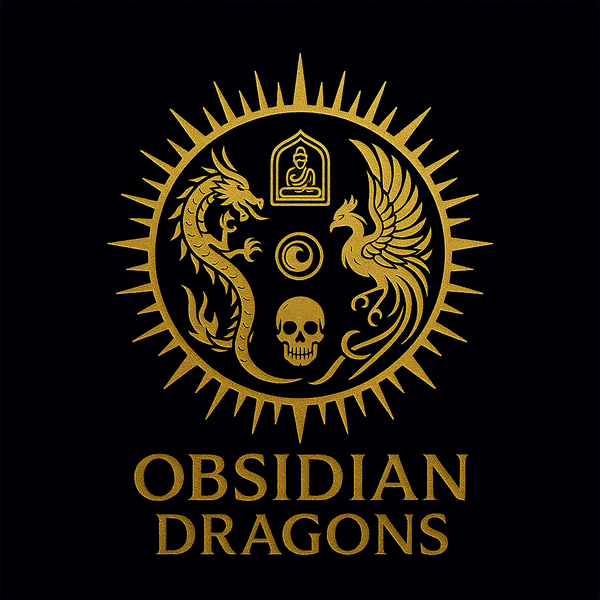hongqiao
Pendant, Tibetan Buddhist amulet, Buddha. Manjushri. Cinnabar. heart sutra in nanoscript. Buddhist protection. With cord
Pendant, Tibetan Buddhist amulet, Buddha. Manjushri. Cinnabar. heart sutra in nanoscript. Buddhist protection. With cord
Couldn't load pickup availability
Pendant, Tibetan Buddhist amulet, Buddha.
Bodhisattva Manjushri (description below)
Cinnabar.
As a gemologist graduated from the National Institute of Gemmology in Paris, all our stones are appraised and certified.
sutra of the heart in nanoscript visible by transparency to the light by magnifying effect. Mantra turning on the back thanks to a precision ball bearing system developed in Germany.
Buddhist protection.
With cord embellished with red sandalwood.
Pendant dimension: 60mm high by 40mm wide by 10mm thick Pendant weight: 54 grams
CINNABER (HGS (mercury sulphide))
From Ancient Greek Kinnaburi. Cinnabar was already known since Neolithic times for its use as a pigment in wall frescoes and religious ceremonies. The Chinese used cinnabar 3500 years ago as a pigment for pottery or as an ink. They would have been the first to have made vermilion, at the beginning of our era.
Used in Chinese medicine either orally to clear the heart and calm the mind, or topically to eliminate toxicity. Its ancient use has also been attested in China, the Shang dynasty (-1570 to -1045) used it during divinations (scapulomancy) to reveal and interpret cracks on turtle shells.
The Chinese Taoists used it as a drug of immortality, hence mercury poisoning. The most famous is that of Emperor Qin Shi Huang in 210 BC. Renowned in China also as a ghost hunt, a tradition that still continues today, as well as in the Tibetan tradition.
MANJUSHRI
Manjushrî was a disciple of Shakyamuni of whom he is, with Samantabhadra, one
acolytes in image groups called in Japan Shaka Sanzon, "the
Three Venerables of Shakyamuni”.
It is "He whose beauty is charming", the Bodhisattva "of virtue
marvelous and of sweet majesty”. Important in Mahāyāna Buddhism and
vajrayana.
He is invoked for, among other things, success in studies. He represents the
wisdom, intelligence and the power of the spirit. “His adoration confers
Divine wisdom, Dharma mastery, faithful memory, perfection
mental, eloquence. He would have indefinitely delayed his accession to the state of
Buddha, moved by an infinite compassion which pushed him to dwell in this world
until there is not a single being left to bring into the path of
supreme enlightenment.
He is the protector of people born under the sign of the hare/rabbit.
The two main emblems of Manjushri, the bodhisattva of wisdom, are
the flaming sword and the sutra of perfection, in his left hand, near the heart
.The flaming sword represents the penetrating intelligence of Manjushri, which slices
all illusions, revealing the empty nature of everything. The sword represents
above all wisdom, the discernment that tears the veils of ignorance.
Manjushrî would have been the initiator and master of the Buddhas of past ages.
It should also be that of the Buddha of the future, Maitreya. “Manjushri is
the father and mother of Bodhisattvas, and he is their spiritual friend.” The Buddha
He himself describes Manjushrî and praises him in the Manjushrîparinirvâna-sûtra.
This Bodhisattva was consequently very often represented, both in India and in
Tibet, China and Japan, as well as in Nepal where, according to the
tradition, the founder came from China.
His images appear only late in Central Asia and on some
Chinese stelae, associated with Vimalakîrti (Japanese Yuima Koji) in the 6th century. According
Nepalese legend, Majushri opened up the Kathmandu valley by cutting, from a
stroke of his flaming sword, a breach in the mountains encircling the
valley. The lake occupying the latter could thus be emptied by the gorges of
chobar, which bear the mark of this blow.
The best known Mañjuśrī Mantra is Om Ah Ra Pa Tcha Na Dhih, The
Dhih and Mum seed syllables are associated with Manjushri. To have a good
memory or to develop one's intelligence one often addresses oneself to the bodhisattva of the
great wisdom, and mantra recitation is widely practiced in China.
Long version: Namah samanta buddhānām. He he Kumāraka vimukti pathasthita
smara smara pratijñā svāhā.
His cult in China developed from the Northern and Southern Dynasties (420
— 589) on Mount Wutai (五台山 / 五臺山, wǔtáishān, “Mountain of Five Terraces
"). Wutai Shan is one of the four sacred Buddhist mountains in China. He
culminates at 3,058 m at Yedou Peak. It is located on the territory of the
city-prefecture of Xinzhou, in the province of Shanxi, only a few
tens of kilometers south of one of the five sacred mountains of China: the
Mount Heng and less than 300 km from Beijing. He was listed on the
UNESCO World Heritage Site on June 26, 2009.
Share
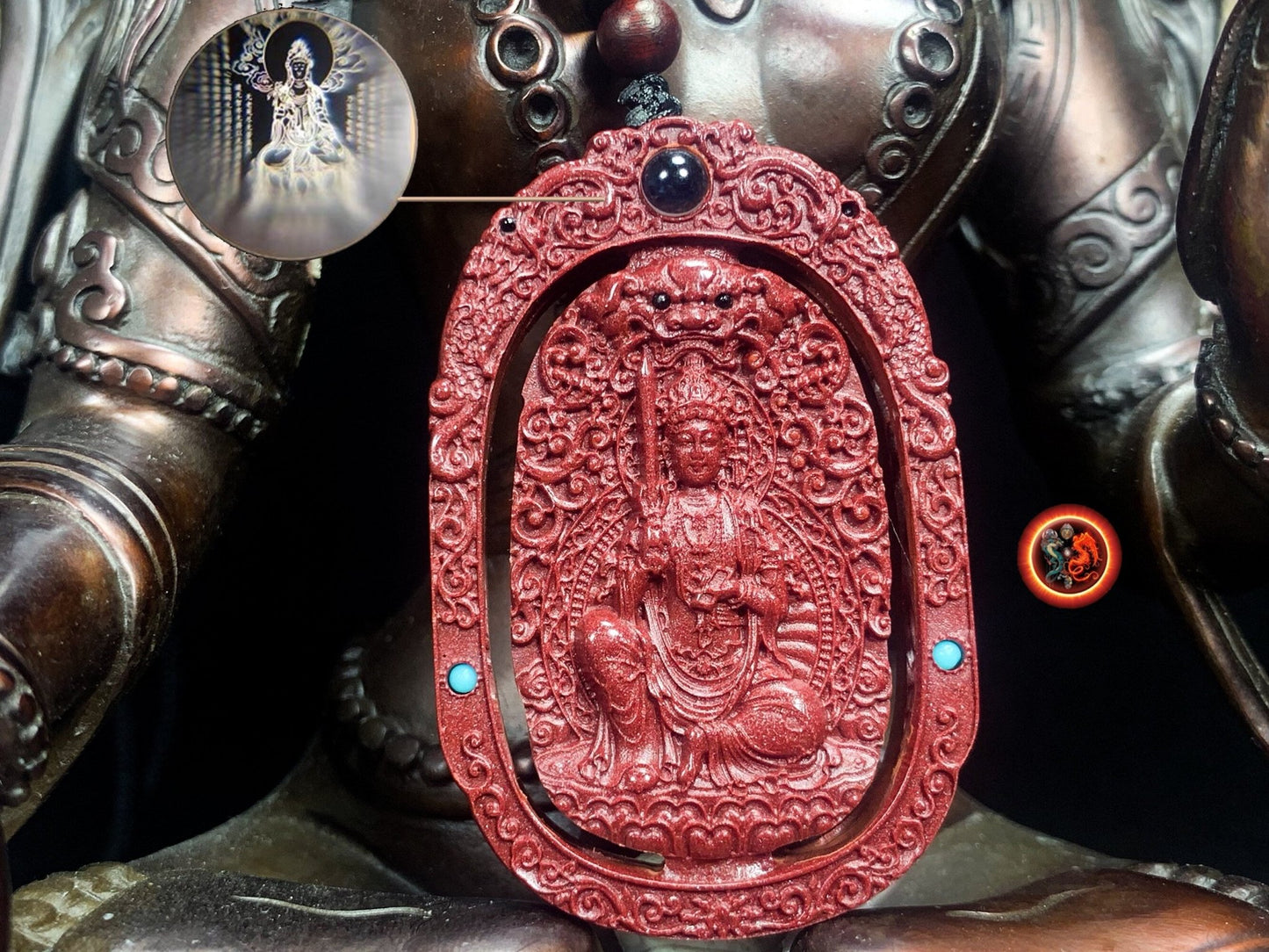
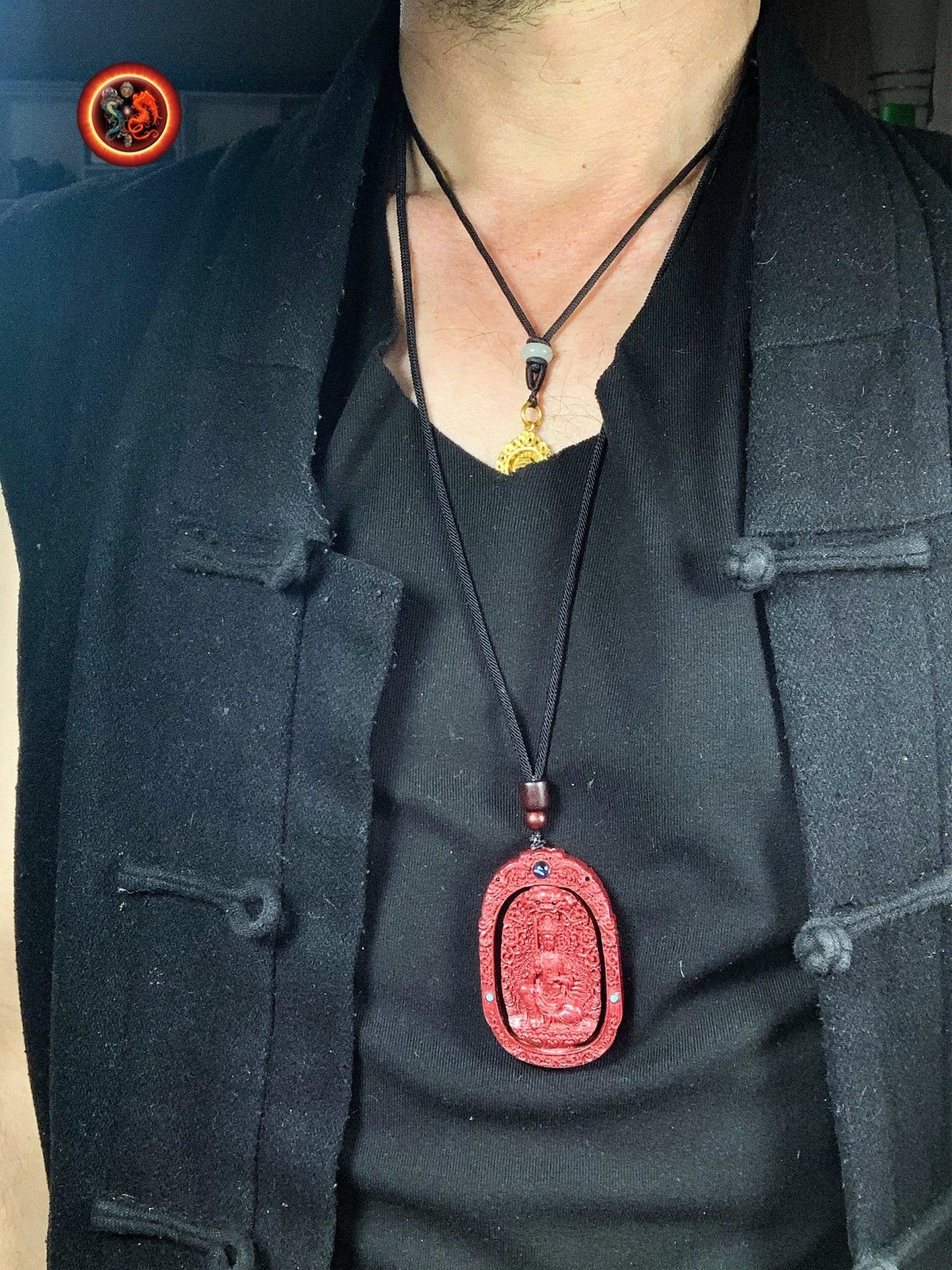
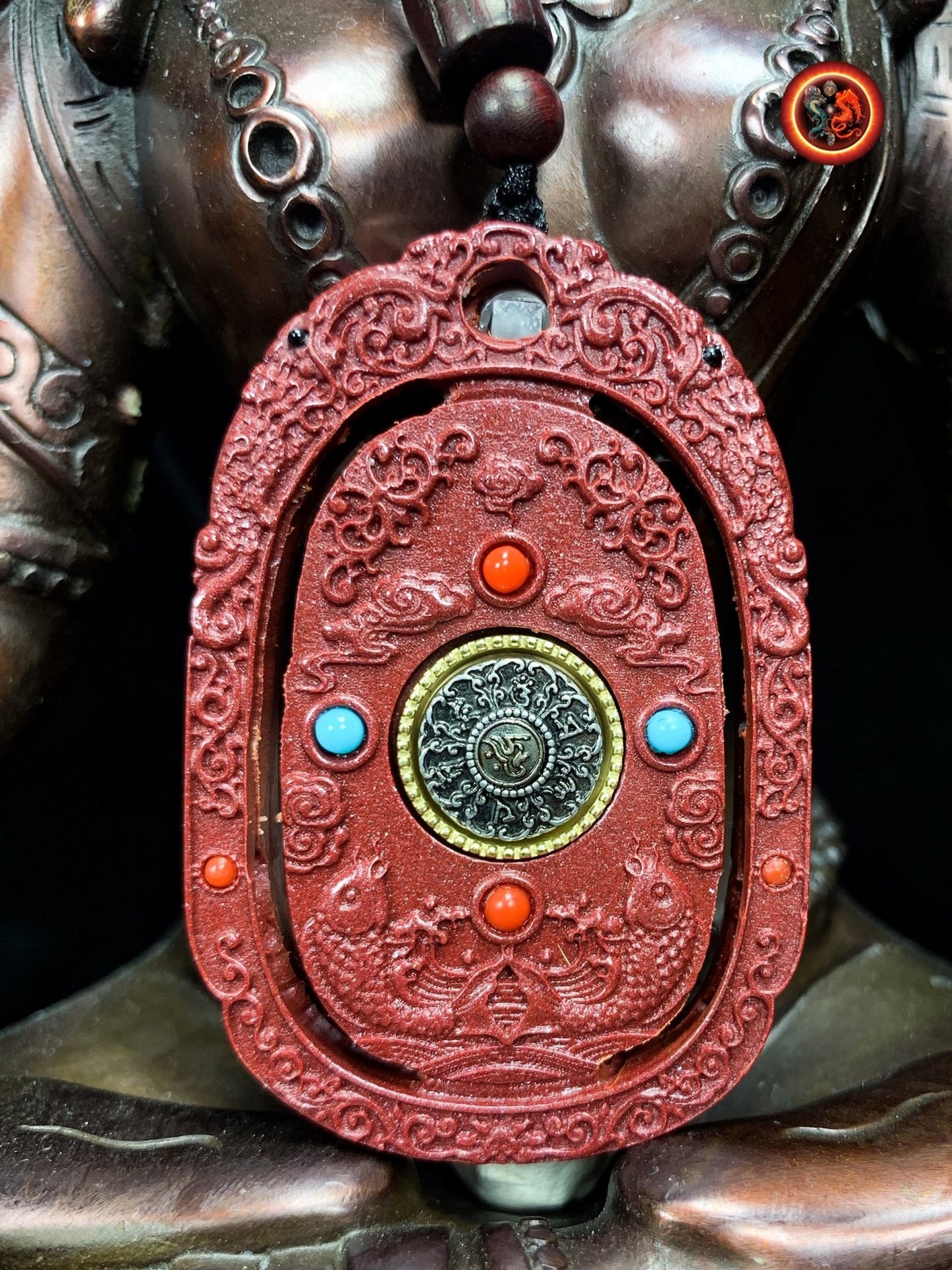

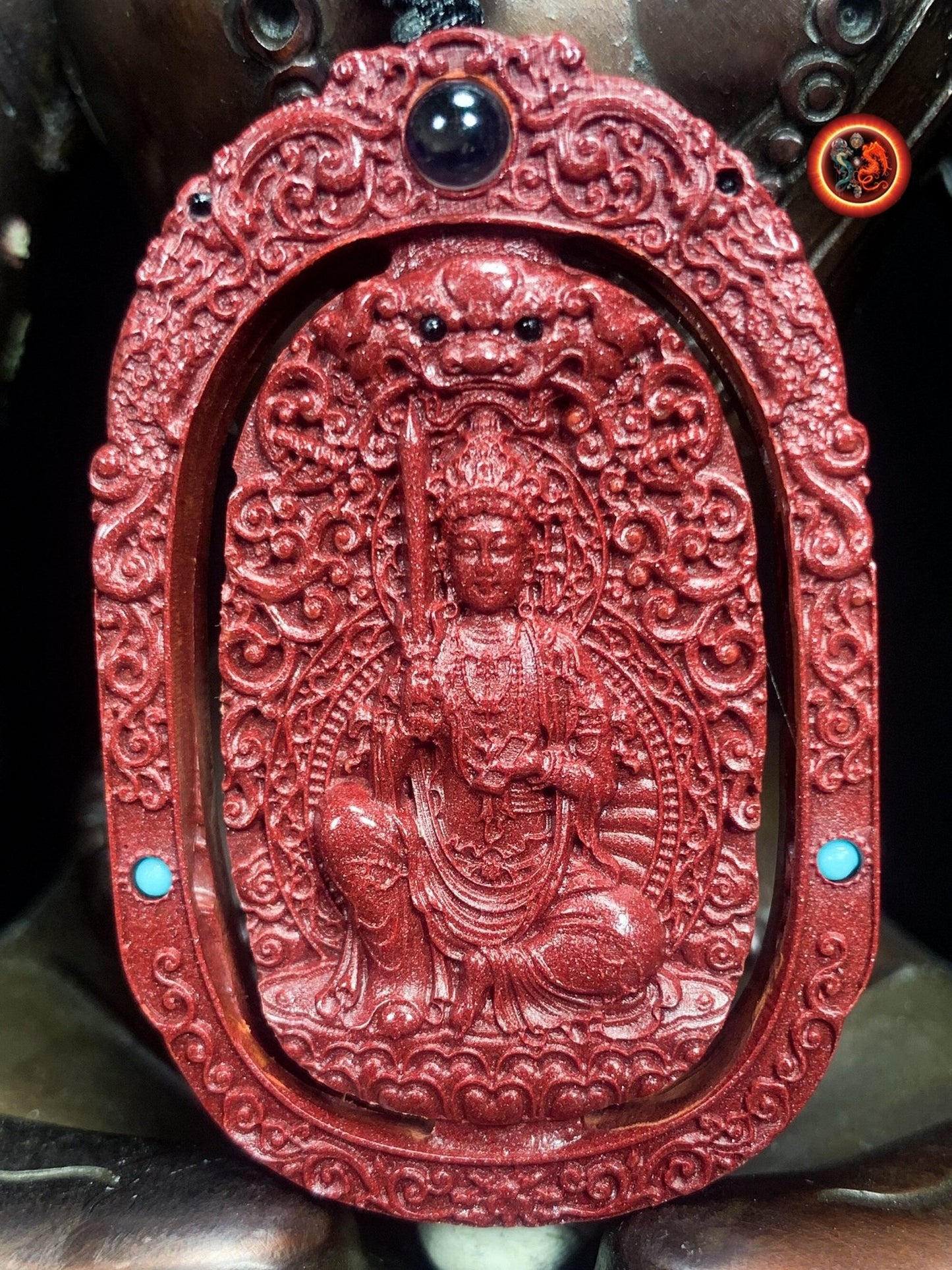
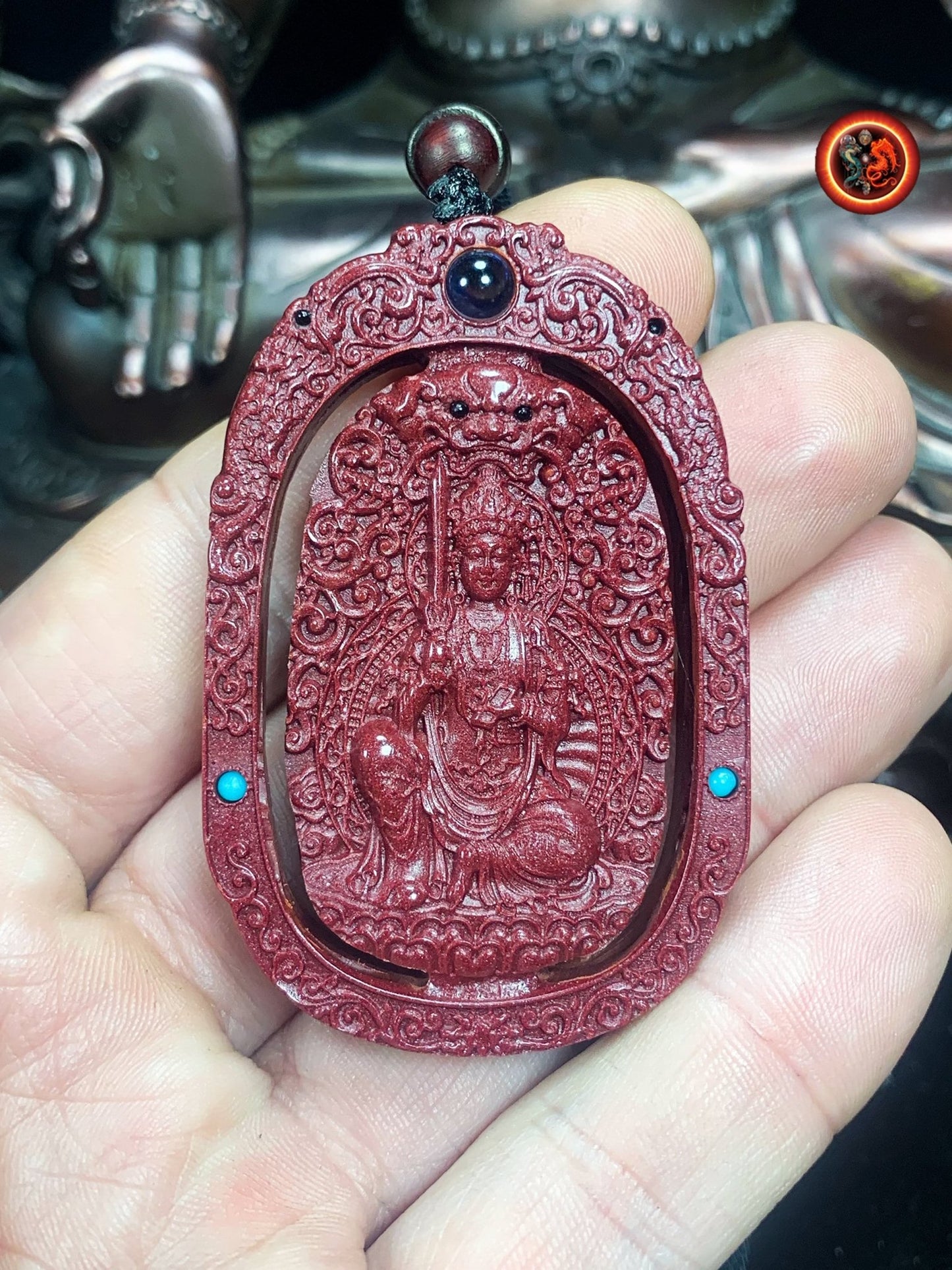
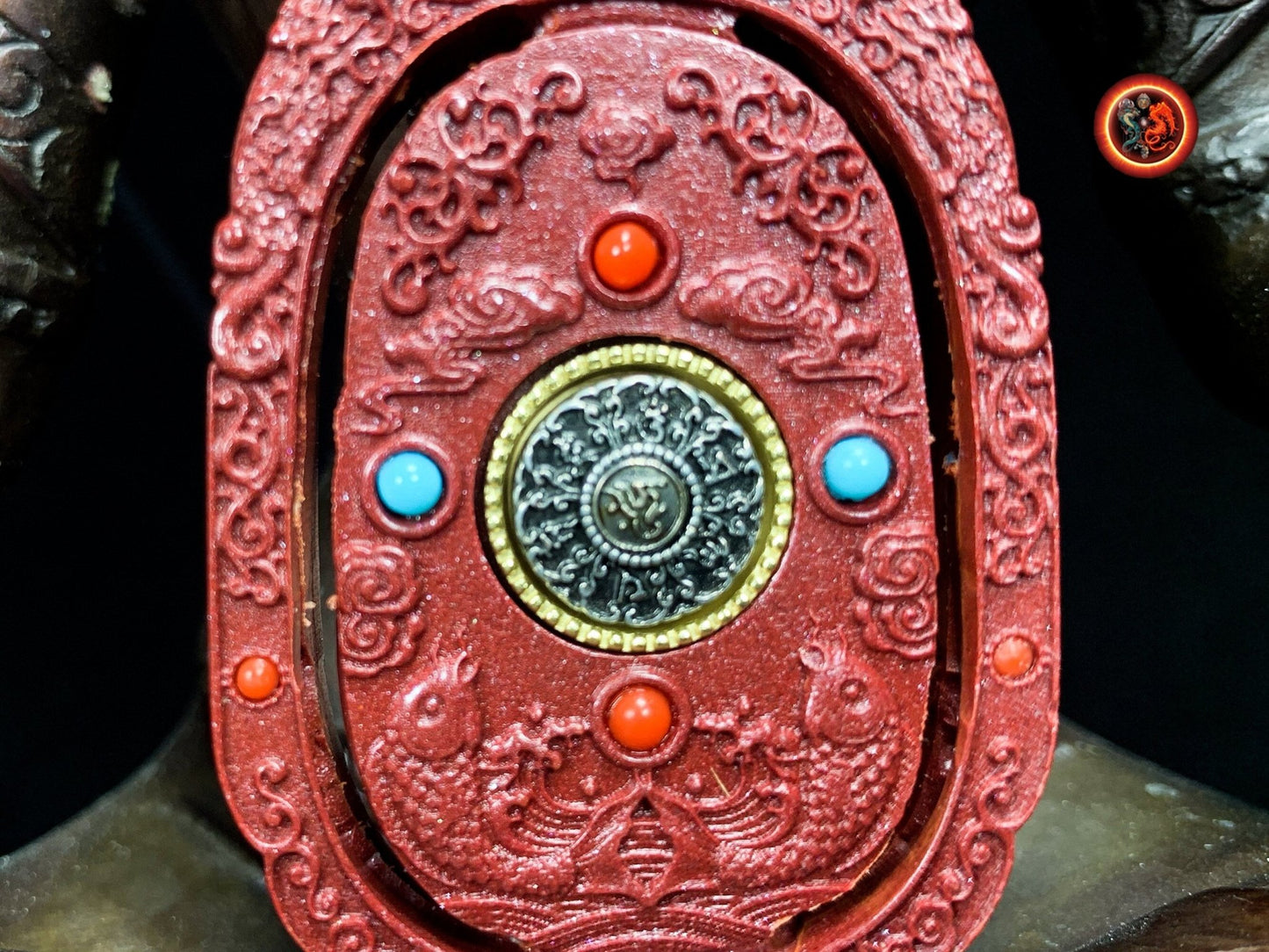
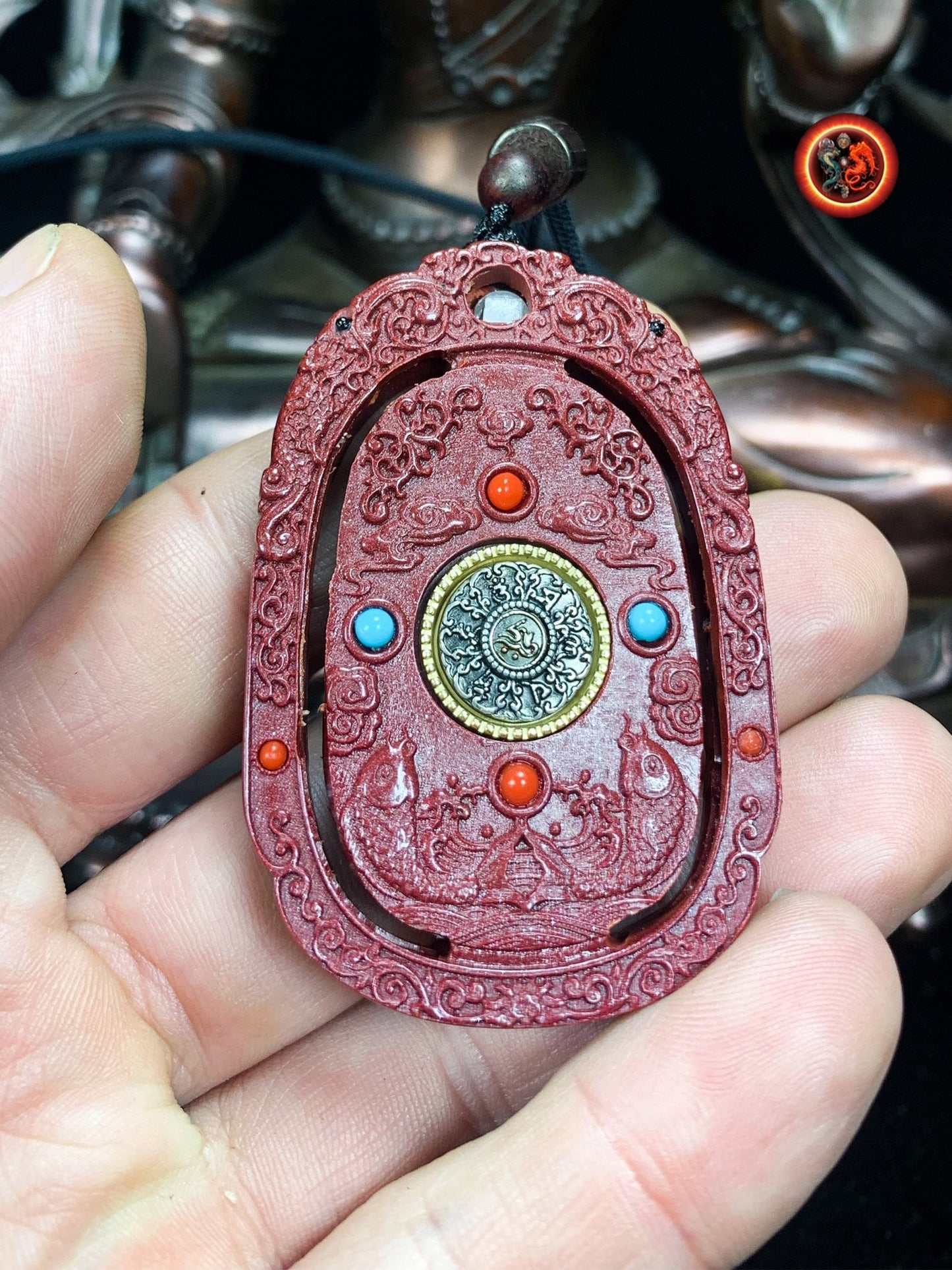
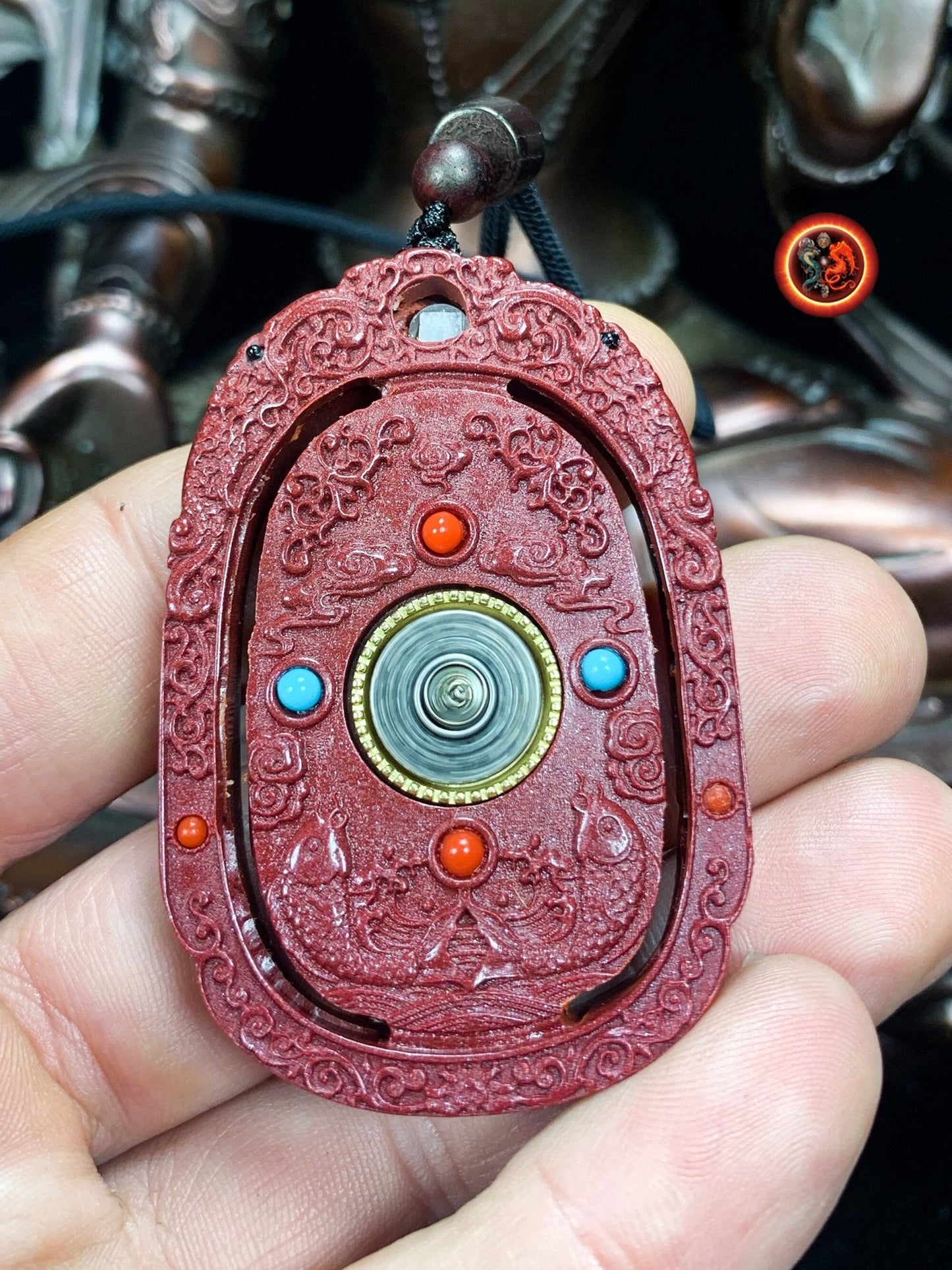


Return conditions for a Zen purchase
We offer you a money back guarantee within 14 days after delivery of your order.
If you are not completely satisfied with your purchase, please contact us to arrange a return of the product and a refund.
Except for returns, shipping is free on all orders.
Multi-column
Button text-

100% secure payment
3 times interest-free option with Scalapay
-

Free delivery in France and internationally
14 days money back guarantee after delivery (see our conditions of sale)
-

Column
Excellent customer service
Live chat
Whatsapp +33674049312
Let customers speak for us
from 913 reviewsLe crâne reçu correspond bien à celui proposé sur le site.

J'ai eu l'occasion de rencontrer Jérémy sur Paris avant l'achat...très bon contact avec lui ..il sait de quoi il parle...je suis revenu vers lui pour l'achat de cette magnifique statue...elle a été emballee avec beaucoup de soin pour une expédition de chine... vraiment très satisfait de cet achat..merci

Pendentif dragon en obsidienne œil céleste - Symbole spirituel

Le collier est superbe, et ce pendentif magnifique, ses détails! et l'odeur du bois de santal que c'est agréable! Qualité extra! Contact excellent avec Jérémy, merci beaucoup pour votre gentillesse! Quelle qualité, vivement le mala !

L'objet est très joli et malgré que je ne sois pas un spécialiste, je trouve que le crystal est beau. Il n'est pas parfait et cela me rassure sur la qualité du produit qui est sensé être naturel donc imparfait.
Très bien emballé et en plus housse de rangement offerte.
MERCI

Je suis très satisfaite, livraison rapide et soigné. J'ai appréciée la communication avec Jérémy… L'article est superbe, plus jolie que ce que je pensais.

J’ai commandé un crâne de dragon, il est super beau et très puissant. Je l’adore 😍 Et l’envoi a été très rapide 🤗 merci 🙏🏻

Absolument magnifique,il m’appelait ce bracelet et je suis ravie je ne vais plus le quitter merci 🙏🏼😍

Merci pour votre envoi, la pierre est magnifique, merci..

bracelet puissant, je suis content de mon achat

Cet artisan est gémologue, il travaille avec des artisans qui sont des vrais artistes, je suis bluffé par la qualité des ouvrages sur l’argent et sa qualité. Quand à la qualité des pierres pas besoin d’être gémologue pour voir la qualité exceptionnelle des pierres, encore une fois le travail de sculpture est exceptionnel.
Mon mala traditionnel est une pure merveille dans la tradition originelle. Le ghau est une merveille qui me comble.
Bref que dire de plus :). Allez sur son site.
PS : vendeur qui connait son métier et les traditions bouddhistes ce qui est un plus en plus :)

Ce crâne est un Etre de Lumière. Attirant , inspirant , "parlant".
Il est un Ami qui tire mes pensées vers le Haut.
Ses énergies vibrent à des fréquences élevées. Il est puissant dans la douceur.
Un crâne de Dragon m'assite également. Merveilleux !

Très beaux bracelet et très puissants

Magnifique crâne givré de l'Himalaya.

cette chevalière est tres bien réalisé, avec beaucoup de détails, je suis heureux de l'avoir

